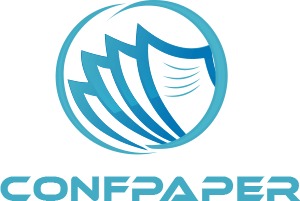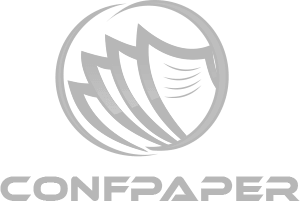-
Application of Low-Cost Natural Adsorbents for the Removal of Metal Contaminants from Wastewater
-
- تاریخ انتشار 1403/10/16
- تعداد صفحات 8
- زبان مقاله انگلیسی
- حجم فایل 368 کیلو بایت
- تعداد مشاهده چکیده 166
- قیمت 29,000 تومان
- تخفیف 0 تومان
- قیمت با احتساب تخفیف: 29,000 تومان
- قیمت برای کاربران عضو سایت: 23,200 تومان
- محل انتشار دهمین همایش بین المللی علوم محيط زيست، صنایع غذایی، کشاورزی و منابع طبيعی
-
نویسندگان مقاله
- Majid Jafari Hemmat 1Master's graduate from the University of Tehran
- Arash Javanshir Khoei Assistant Professor at the University of Tehran
-
چکیده مقاله
Low-cost natural adsorbents have emerged as a promising and sustainable approach for removing metal contaminants from wastewater, addressing both environmental and economic concerns. Derived from readily available agricultural and industrial by-products, these materials offer a viable alternative to conventional, expensive adsorbents like activated carbon. Various types have been explored, including carbon-based materials (biochar), agricultural residues (rice husks, fruit peels), marine algae, clay minerals, and fungal biomass, each with unique adsorption capacities and mechanisms. These materials effectively capture toxic metal ions such as lead, cadmium, and copper through physical and chemical interactions, providing a practical solution, particularly for communities with limited access to advanced water treatment.
The advantages of these adsorbents are numerous. They offer environmental sustainability by reducing reliance on synthetic materials and minimizing hazardous waste. Their cost-effectiveness stems from the abundance and accessibility of source materials, making them suitable for large-scale applications and developing countries. Many exhibit high adsorption capacities, further enhanced by chemical modifications. Their simple processing and application facilitate integration into existing systems. Furthermore, their utilization aligns with resource recovery, transforming waste products into valuable tools for wastewater treatment, promoting circular economy principles and reducing landfill waste.
Despite these advantages, several challenges remain. A key challenge is the complexity of real-world wastewater, which typically contains a mixture of contaminants, unlike single-pollutant laboratory studies. This necessitates adsorbents with broad-spectrum adsorption capabilities. Limited reusability due to limited adsorption-desorption cycles increases operational costs and waste generation, highlighting the need for effective regeneration strategies. Performance is also sensitive to environmental conditions such as pH, temperature, and pressure, requiring precise control. Finally, the mechanical instability of some biological adsorbents poses challenges during separation and regeneration, although immobilization techniques offer potential solutions but with added complexity and cost.
Continued research and development are crucial to fully realize the potential of these adsorbents. Future efforts should focus on enhancing adsorption efficiency and selectivity, improving operational stability under diverse conditions, developing cost-effective regeneration methods, and investigating the complex interactions of multiple contaminants. By addressing these issues, these natural materials can play a vital role in advancing sustainable and effective wastewater treatment, contributing to a cleaner environment. -
کلید واژه
Wastewater treatment, Adsorption, Heavy metals
-
راهنمای خرید و دانلود
- اگر در مجموعه Confpaper عضو نیستید، به راحتی می توانید از طریق دکمه زیر اصل این مقاله را خریداری نمایید .
- با عضویت در Confpaper می توانید اصل مقالات را با حداقل 20 درصد تخفیف دریافت نمایید .
- برای عضویت به صفحه ثبت نام مراجعه نمایید .
- در صورتی که عضو این پایگاه هستید،از قسمت بالای صفحه با نام کاربری خود وارد سایت شوید .
- لینک دانلود فایل خریداری شده به ایمیل شما ارسال میگردد .
نظرات کاربران
برای ارسال نظر، لطفا وارد حساب کاربری خود شوید.


